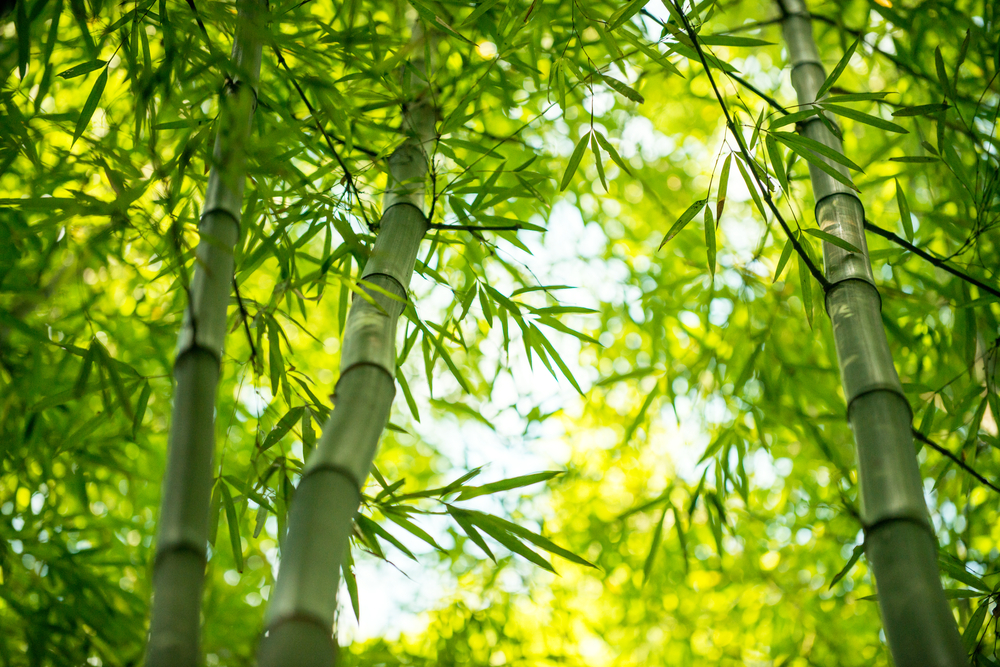Nestled in the azure waters of the Arabian Sea, off the coast of the Republic of Yemen, is an archipelago of islands that could easily be mistaken for an alien landscape. The Socotra Archipelago, a UNESCO World Heritage Site, is a biodiversity hotspot that holds a treasure trove of over 700 unique species of flora and fauna, many of which are found nowhere else on Earth. The most iconic of these unique species is the Dragon’s Blood Tree, a plant as mystifying and mesmerizing as its name suggests.
Socotra, the largest island of the archipelago, has a landscape that is startling and surreal, characterized by expansive limestone plateaus, sheer cliffs, and sandy shores. The raw, rugged beauty of the island is strikingly offset by the unusual and unique biodiversity that calls it home.
The Dragon’s Blood Tree (Dracaena cinnabari), named for its distinctive umbrella-shaped canopy and the red sap that it exudes, is the most recognizable symbol of Socotra’s endemic biodiversity. Its other-worldly appearance is a result of its peculiar evolutionary adaptations. The tree’s dense umbrella-shaped canopy provides shade that mitigates evaporation from the arid desert conditions. Its red sap, which has been harvested for centuries for its supposed medicinal properties, was even believed by ancient cultures to be the blood of dragons, hence the name.
The Dragon’s Blood Tree is not the only plant species that gives Socotra its other-worldly appearance. The island is also home to the Desert Rose (Adenium obesum socotranum), a tree that sports a swollen trunk to store water and produces vibrant pink flowers. There is also the Cucumber Tree (Dendrosicyos socotrana), the only member of the cucumber family to grow in a tree form, which further adds to the variety of the island’s botanical wonders.
Yet, Socotra’s uniqueness is not limited to its flora. The archipelago is home to an array of fauna, 90% of its reptile species and 95% of its land snail species are endemic. The Socotra Bunting, Socotra Sunbird, and Socotra Starling are among the bird species unique to the island. The island’s isolation also supports the existence of endemic insects and spiders, including the Socotra Island Blue Butterfly and the giant Socotra Island Spider.
The marine life surrounding Socotra is equally diverse and unique, boasting a large number of endemic species. Coral reefs, sea grass beds, and mangroves provide a rich habitat for a variety of fish, crustaceans, and other marine life forms. The waters around the archipelago are also visited by several species of whales and dolphins, contributing to the area’s biodiversity.
Despite its remote location, Socotra has been inhabited by humans for thousands of years. The Socotri people have developed a unique culture and language, shaped by their isolation and the unique environment in which they live. Their relationship with the environment is deeply rooted in respect and sustainability, with traditional practices designed to preserve the biodiversity of the island.
However, the Socotra Archipelago faces challenges. Climate change, overgrazing, and unsustainable harvesting practices threaten its unique ecosystem. The ongoing conflict in Yemen has also posed challenges to conservation efforts. Yet, the resilience of this unique biodiversity hotspot, and the determination of those who strive to protect it, offer hope for its future.
The Socotra Archipelago is a testament to the wonders of evolution and natural selection. Its unique species, like the Dragon’s Blood Tree, showcase the remarkable adaptations that life can make in response to challenging environments. It stands as a beacon of biodiversity, an alien landscape on our own planet, and a reminder of the extraordinary variety of life on Earth.






